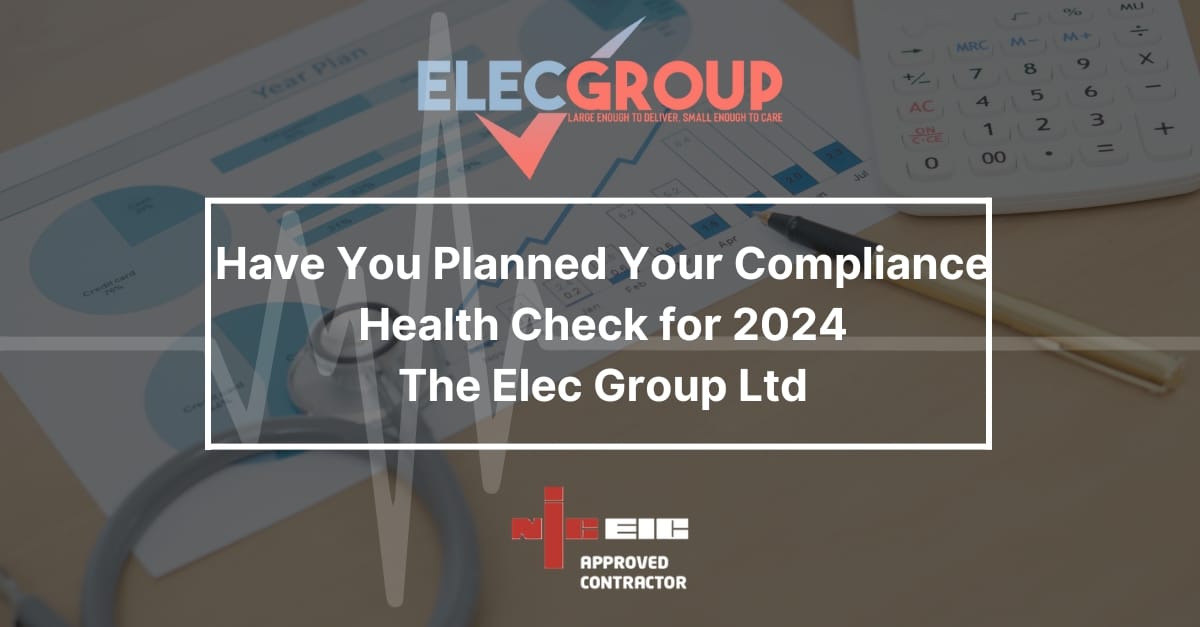BS5266 – CODE OF PRACTICE FOR EMERGENCY LIGHTING.
The legal requirement is that non-domestic buildings must be safe at all times, even if mains power failure occurs.
Therefore, nearly all such buildings must have emergency lighting fitted.
What is an emergency lighting system?
An emergency light is a battery-backed lighting device that switches on automatically when a building experiences a power outage.
Emergency lights are standard in new commercial and high occupancy residential buildings, such as college dormitories, apartments, and hotels, etc.
Currently, most of the building codes require:
The correct installation of an emergency lights system.
The correct updating of obsolete system in old buildings.
How does it work?
The emergency lighting directly connects to the building’s power supply for continuous recharging of the internal batteries thanks to which it can provide backup power for the lighting.
This ensures that the lights remain on during a power outage allowing:
Occupants to easily locate exits when needed
Therefore, evacuate the building safely.
Modern emergency lights installations
Originally, incandescent light bulbs were used for emergency lighting systems, but with the passing of time and technological improvement, there has been a massive use of light-emitting diodes, known as LEDs.
Emergency lighting heads are usually PAR 36 beams or wedge base lamps.
All units have a device to intensify and focus the light they produce, thanks to a plastic cover over the structure of the fixture, or thanks to a reflector behind the light source.
Most of the individual light sources are dimmable, so they can rotate and orient where there is the greatest need for lighting during an emergency, generally, it is fundamental paying special attention to fire/emergency exits.
Modern installations generally have a test button that temporarily bypasses the unit and causes it to turn on the lights and run on battery even if the main power is still on.
These systems operate on a relatively low voltage, usually 6 o 12 volts.
Different types of emergency lighting:
There are varying emergency lights systems available, all of which cater to different types of emergencies in different premises.
It is important you establish which kind of emergency system you have at your business.
Escape route lighting is the part of an emergency lighting system to enable the swift and safe evacuation of a building by illuminating its escape routes, and also the location of fire-fighting equipment;
For instance: fire extinguishers and safety / security equipment such as key boxes holding emergency keys to exit doors.
As such, escape route lighting represents a fundamental requirement of fire safety provision in all non-domestic premises and public areas of HMOs, whatever their use or occupancy levels.
Large public buildings such as shopping malls, museums etc., attract significant numbers of visitors who will not be familiar with the layout of the premises.
Open area / anti-panic lighting is relevant in such situations, to guide people to escape routes and emergency exits.
High risk task lighting is a specific type of emergency lighting system with the aim to ensure the safety of people involved in a potentially dangerous process or situation.
It must be sufficient to enable to implement the requisite shut-down procedures. This type of lighting will only apply across a limited range of scenarios.
How we will help:
One of our expert and experienced emergency lighting engineers will come to your site and carry out the following:
Testing your emergency lights, checking the condition of the lighting.
Add the testing date to your internal testing logbooks.
Inform you of any deficiencies found in the lighting and recommend solutions going forward.
Provide you with an immediate quote for any work needed to the lighting using our lighting expertise.
And finally, we can provide your business with a compliance certificate to ensure your lighting complies with regulations.
We are the solution for your business.
Contact us, The Elec Group.




